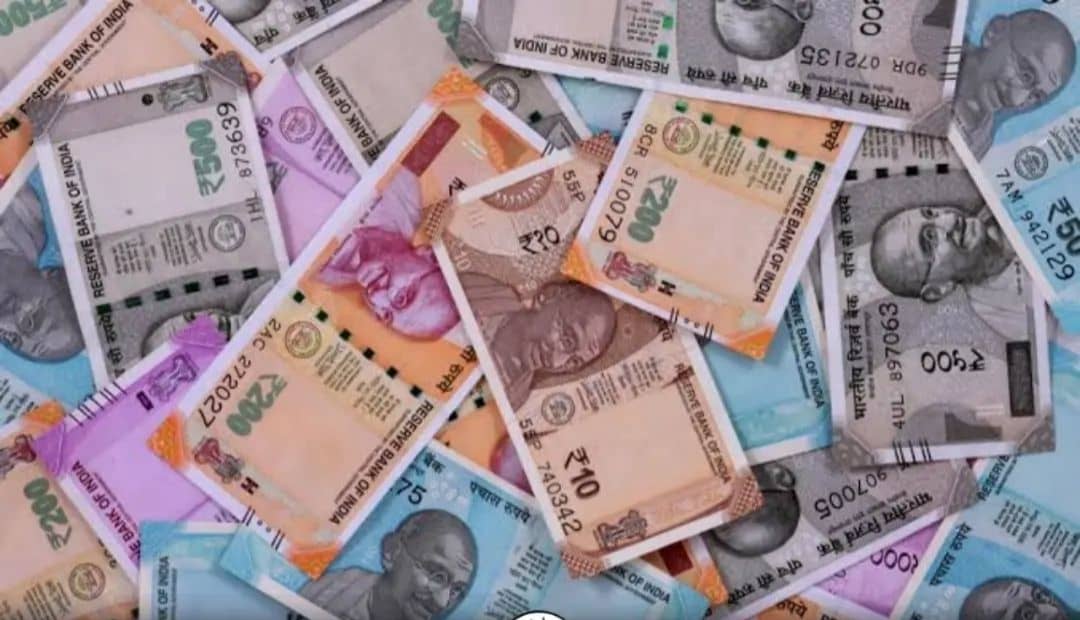The Indian rupee experienced a slight decline, reaching 83.2475 against the US dollar (22.68 against UAE dirham) at 9 am UAE time, down by 0.07% from the previous session’s closing rate of 83.1925 (22.67). While most Asian currencies saw an uptick of 0.1 to 0.5%, the rupee faced pressure from dollar demand by major foreign banks, potentially acting on behalf of custodian clients.
The dollar index remained stable at 101.5 in Asian hours, lingering near its weakest level since late July. A state-run bank’s foreign exchange trader noted that merchant flows are likely to steer the rupee’s price action, with speculative activity subdued towards the year-end.
In the context of muted volatility during the holiday season, Amit Pabari, Managing Director at CR Forex, anticipates the rupee’s intraday range to be confined to 10-15 paisa.
The July-September quarter witnessed India’s current account deficit falling more than expected to $8.3 billion, 1% of GDP, compared to the preceding quarter’s $9.2 billion (1.1% of GDP). Analysts, in a Reuters poll, forecasted a deficit of $9 billion. Barclays remains optimistic, stating in a note that the balance of payments stayed in a small surplus, with potential for improvement.
Notably, rupee forward premiums saw a rise, with the 1-year implied yield reaching 1.78%, its highest in over two months. This increase is attributed to growing expectations of a US central bank policy rate cut, with investors pricing in a high probability of a rate cut in March.






